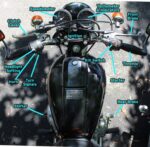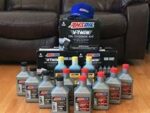- arrow_back Home
- keyboard_arrow_right On the Road
T-Clocs Breakdown Part 3 – Lights
On the Road Karla Weinbrenner July 23, 2024
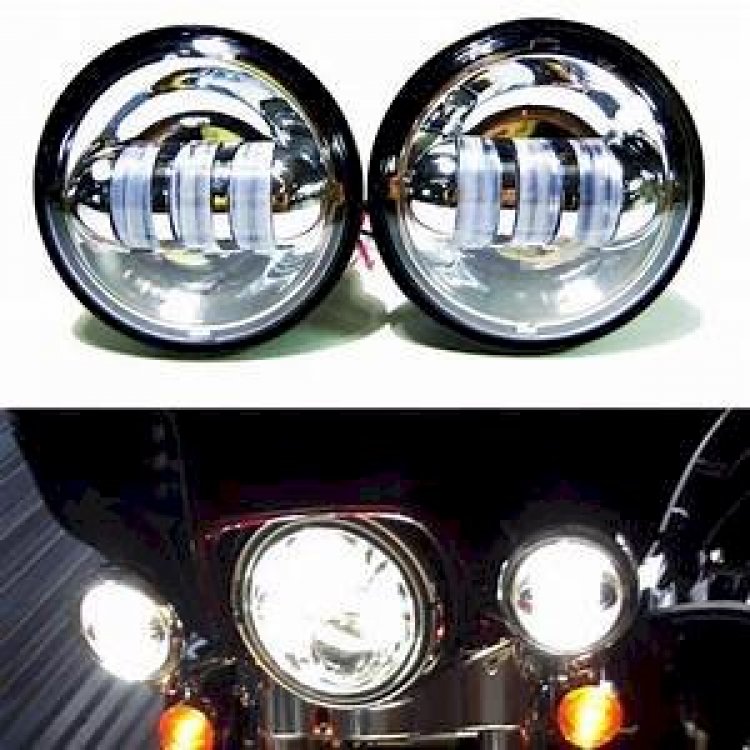
T-Clocs Breakdown Part 3 – Lights
The L in T-clocs stands for Lights
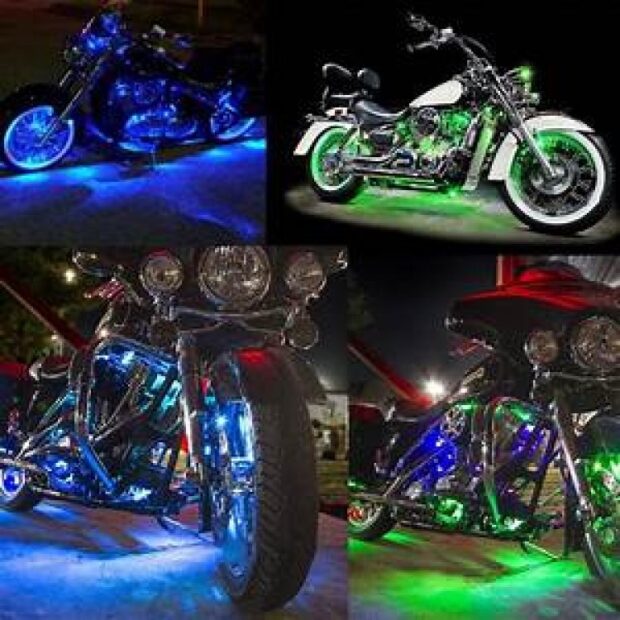
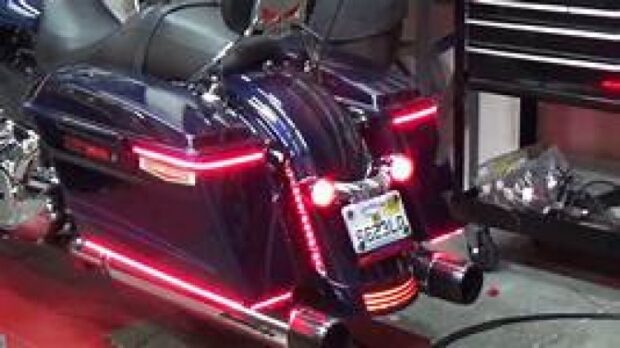
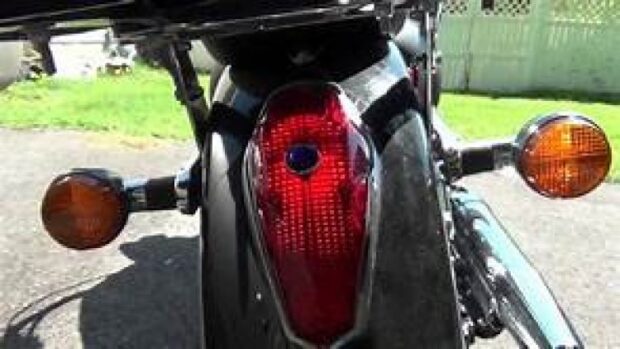
Today we will continue our in-depth discussion about T-CLOCS with a look at the L. The L stand for
Lighting and Electrical. On your normal pre-ride check you can do a lot of these checks at a glance. But if
you are not able to ride right now and want to go through a more in-depth check, the following is what
you should check:
Start with headlights. Check for cracks in the lenses and that nothing is loose. Then check that
the light comes on and the both the high and low beams work. I know that many riders ride with
their hi-beams on all the time, but you still need to make sure your low beams work in case you
need them.
Check the turn signals front and rear. Check for cracks in the lenses and that nothing is loose.
Then check that the lights work. If you have hazards, check them as well. If your turn signals
work but your hazards don’t, you may have a blown fuse.
Check the taillight. That includes the brake and license plate light. They may be integrated into
one or separate lights. Again, check for cracks in the lenses and that nothing is loose. Check
that the taillight works and that it gets brighter or flashes (if you have that type of brake light)
when you push on the rear brake pedal and also when you pull in on the front brake lever.
If you have accessory lighting like spotlights or LED lights, you should also check that they are in
working condition. They are not mandatory to have to ride your bike, but if you are not able to
ride right now, it may be a good time to get them fixed.
Make sure all the switches work and are not sticking. Check the hi-low switch, horn, starter and
kill switch. Check that the turn signal switch or switches are working correctly. Check the cruise
control if you have it. Also check radio or other switches you may have on your bike. An
electrical short in any of those can lead to a very bad day.
You need to check the wires for any breaks, bare spots, or places where the wires are pinched.
Check that any splices or connections are good and not in need or tightening or re-taping.
Check that your battery is in good condition and the cables are tight. You can go as far as testing
the battery with a multi-meter to see if it is getting weak. Look at the battery posts and clean
away all corrosion.
In this step, also check that mirrors are not cracked or loose. I had one come loose and fly off as
I was going down the road! It is not fun. Make sure they are set to where you need them to be.
Also check that your reflectors are not damaged or missing.
Be safe everyone.
https://msf-usa.org/downloads/T-CLOCS_Inspection_Checklist.pdf
https://www.youtube.com/watch?v=-B8n9arZVyM
https://legalbeagle.com/7609073-laws-car-lights-wisconsin.html
Copyright 2025 Leather & Lace MC - All Rights Reserved.

